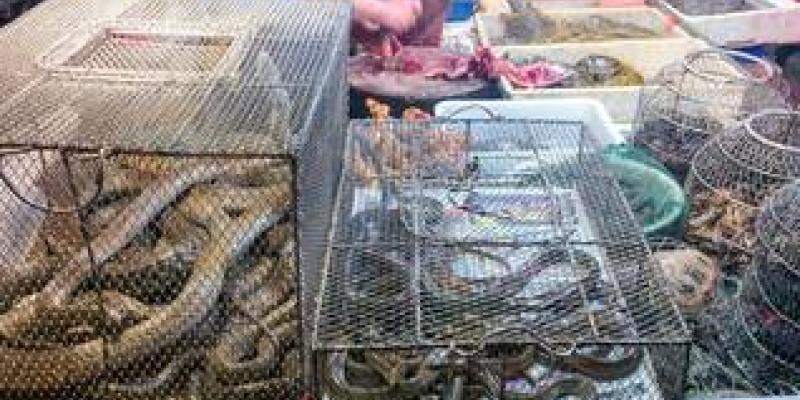Este evento se llevará a cabo del 23 al 27 de febrero del 2026 en el campus de la Universidad de Costa Rica en San Pedro, San José, Costa Rica. Leer más.







Este evento se llevará a cabo del 23 al 27 de febrero del 2026 en el campus de la Universidad de Costa Rica en San Pedro, San José, Costa Rica. Leer más.

Gairebé la meitat de les tortugues rescatades han pogut ser recuperades i alliberades al seu medi natural Leer más.

The species inhabits a mountainous region known for its micro-endemism, further highlighting the area as an important biodiversity hotspot for dryland ecosystems. Leer más.

Este comercio afecta a una amplia variedad de especies, siendo los anfibios uno de los grupos más perjudicados, aunque frecuentemente son ignorados en las discusiones sobre tráfico de vida silvestre. Leer más.

Our research takes place on a South Florida island roughly the size of an American football field — assuming we are successful in sidestepping the American crocodiles that bask in the surrounding lake. We call it Lizard Island, and it’s a special place. Leer más.
